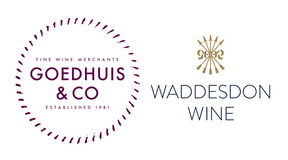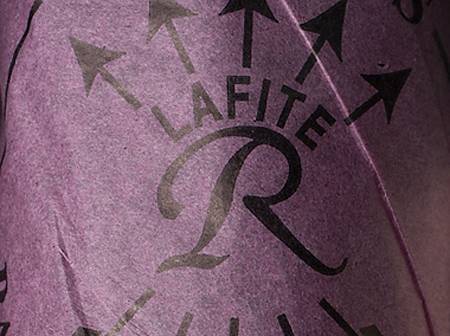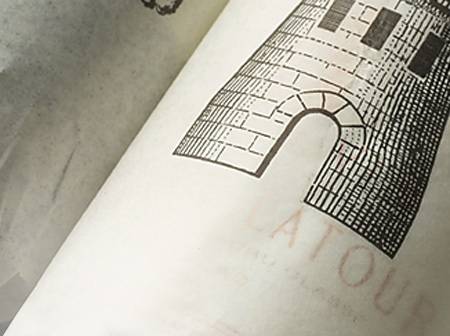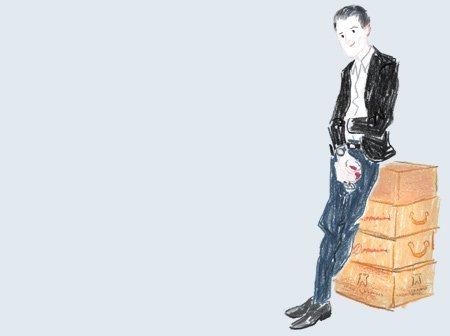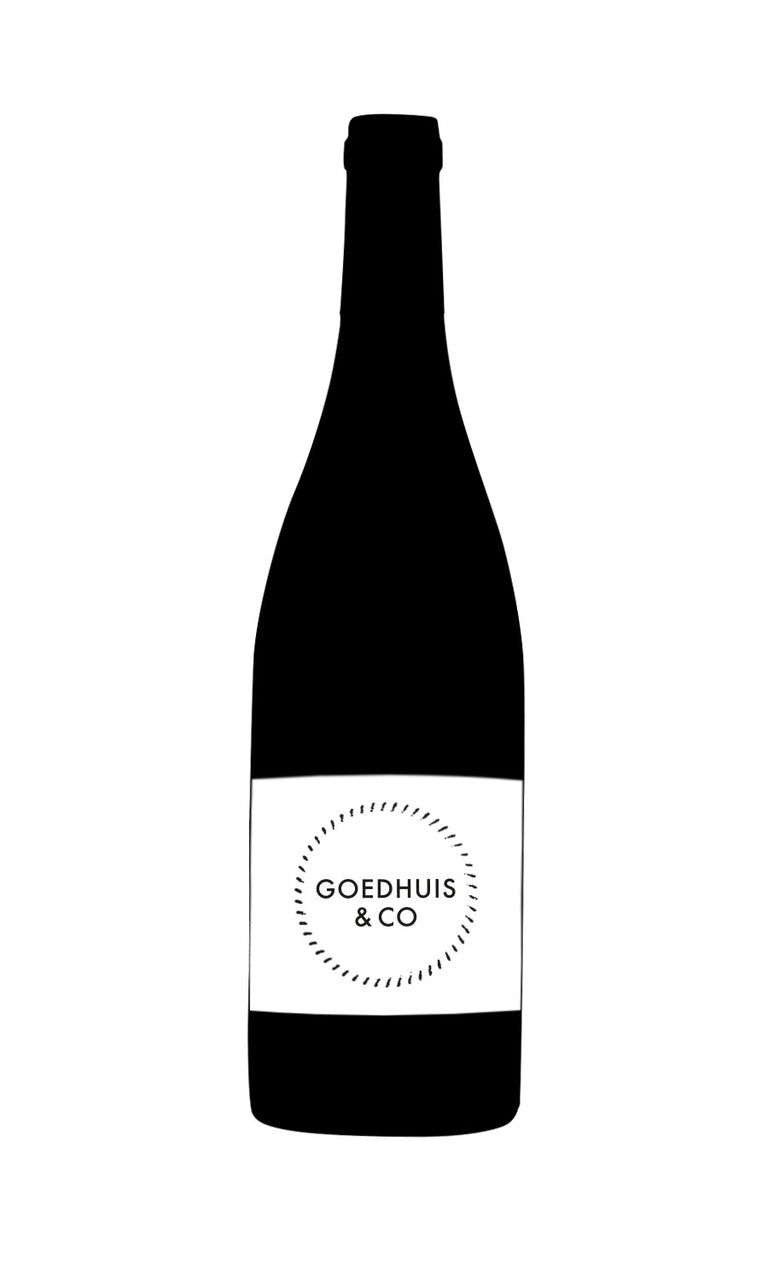
- Colour Port_Sweet
- Producer Château de Fargues
- Region Sauternes
- Drinking 2010 - 2023
- Case size 12x75cl
- Available Now
2003 - Ch de Fargues Sauternes - 12x75cl
- Colour Port Sweet
- Producer Château de Fargues
- Region Sauternes
- Drinking 2010 - 2023
- Case size 12x75cl
- Available Now
Select pricing type
Need help? Call +44 (0)20 7793 7900 or email wine@goedhuiswaddesdon.com.
-
Robert Parker, April 2005, Score: 92-95
Space limitations preclude including tasting notes. 2003 is a rich, sweet vintage of powerful, full-bodied wines that possess huge levels of glycerin, alcohol, and residual sugar.
-
Robert Parker, April 2004, Score: 88-90
It is against my better judgment to taste the sweet wines of Barsac and Sauternes at such an early age, as I find they typically require at least 12 months to reveal the definition/delineation so essential in these creamy, creme brulee, and honeysuckle-flavored offerings. Nevertheless, because this vintage is so highly regarded, I tasted through most of the top estates. The 2003s appear to be somewhat in the style of the 1990s, with high levels of residual sugar (higher than 2001 for the most part) as well as botrytis, low acidity, and fat, full-bodied personalities. This region'sharvest began extremely early (early September), and was completely finished within three weeks. It does not appear that the nobleness and racy richness of the 2001 vintage will be found in the 2003s, but readers who like the big, flamboyant, over the top style of the 1990s will enjoy the 2003s even more than I did. Unlike most of my red wine tastings, this offering was only tasted once. Readers should keep in mind that this a very early, pre-bottling judgment from very unevolved wine that is not nearly as defined and easy to evaluate as the reds.
Producer
Château de Fargues
Between 1930 and 1940, in light of his family'y experience in producing sweet white wines, Marquis Bertrand de Lur Saluces, who died in 1968, decided to convert part of the 25 hectares of Château de Fargues' terroir - previously in red wine production - to create a great Sauternes.Picking botrytised grapes in "waves" to ensure only the top quality grapes, at the right stage of maturation enter the wine press, the production...Read more
Between 1930 and 1940, in light of his family'y experience in producing sweet white wines, Marquis Bertrand de Lur Saluces, who died in 1968, decided to convert part of the 25 hectares of Château de Fargues' terroir - previously in red wine production - to create a great Sauternes.Picking botrytised grapes in "waves" to ensure only the top quality grapes, at the right stage of maturation enter the wine press, the production is highly labour intensive with tiny yeilds. Fermentation takes place in oak barrels that are replace annually and ageing occurs in the same barrel for approximately 3 years.Read less
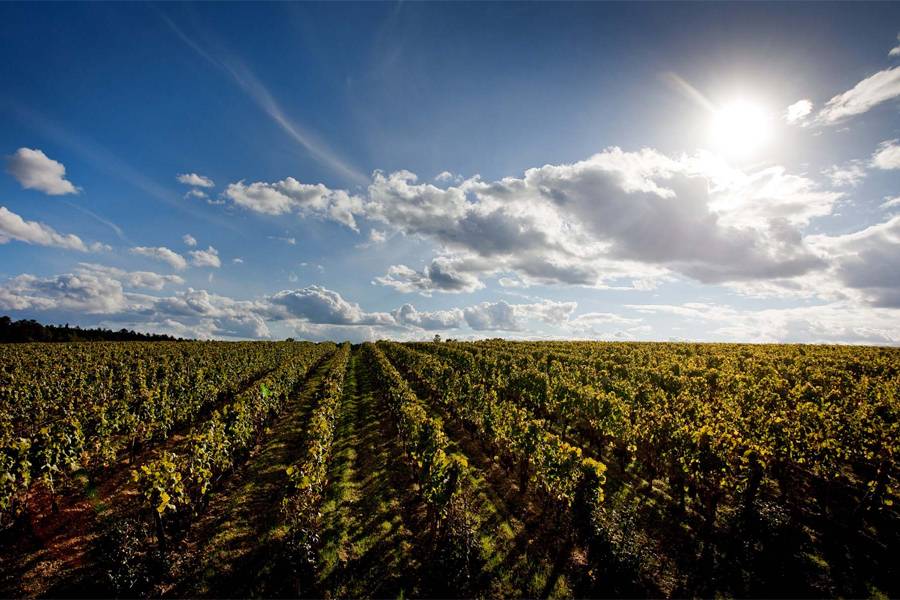
Region
Sauternes
It is not an exaggeration to say that these are the greatest sweet wines in the world. They are the result of a serendipitous marriage of grape variety, location, annual weather conditions and human care and determination. The vineyards are located on the banks of the cool spring-fed Ciron river which, in autumn, flows into the warmer tidal Garonne and creates rolling evening mists which clothe the vines until the afternoon sun burns them off the following day. This cycle creates perfect conditions for the development of botrytis cinerea or noble rot, and the resulting grape juice is a super concentrated sweet, ambrosial nectar which makes the most heavenly and complex wines with extraordinary ability to age. In 1855 the wines were classified into first and second growths, with Ch d'Yquem rightly receivingits own super status of premier grand cru. Other stunning wines include Chx Sudiraut, Rieussec, Coutet and Climens. While seductively fragrant and sweet when young, if you can bear to wait, you will be amply rewarded with lusciously rich, exotically complex wine.
